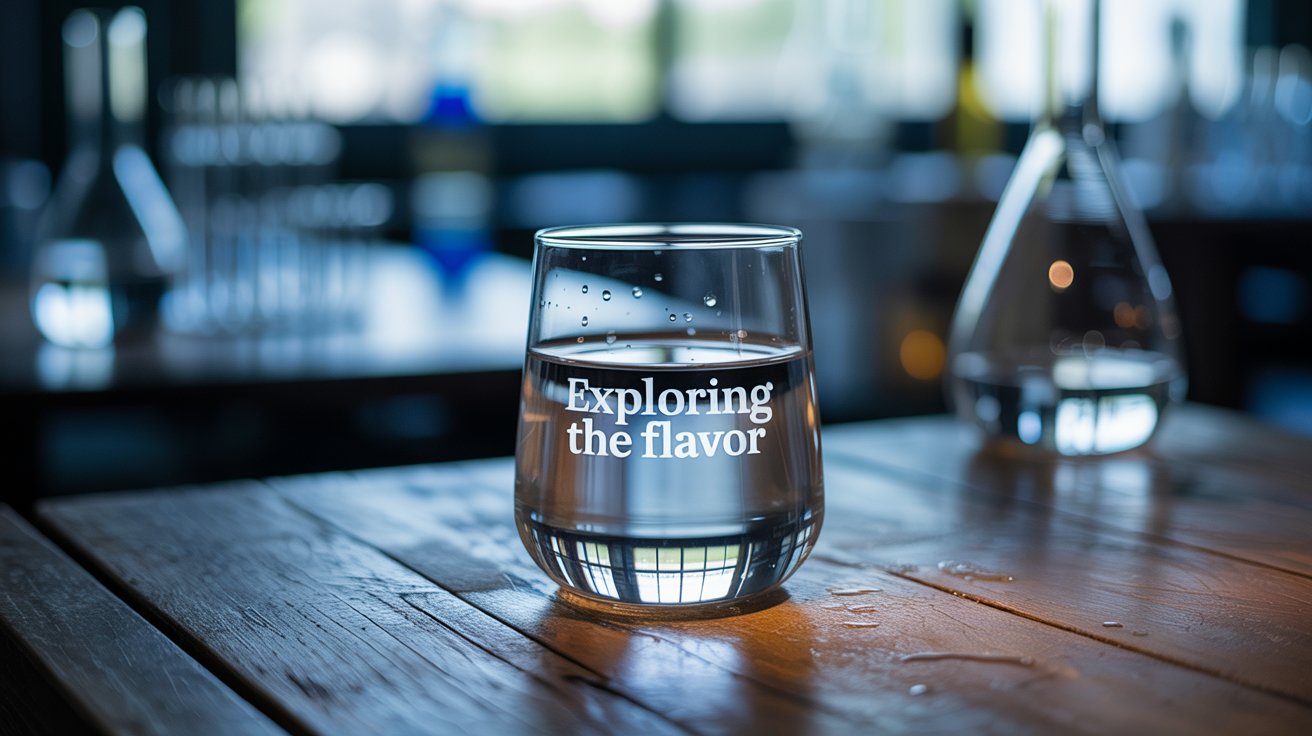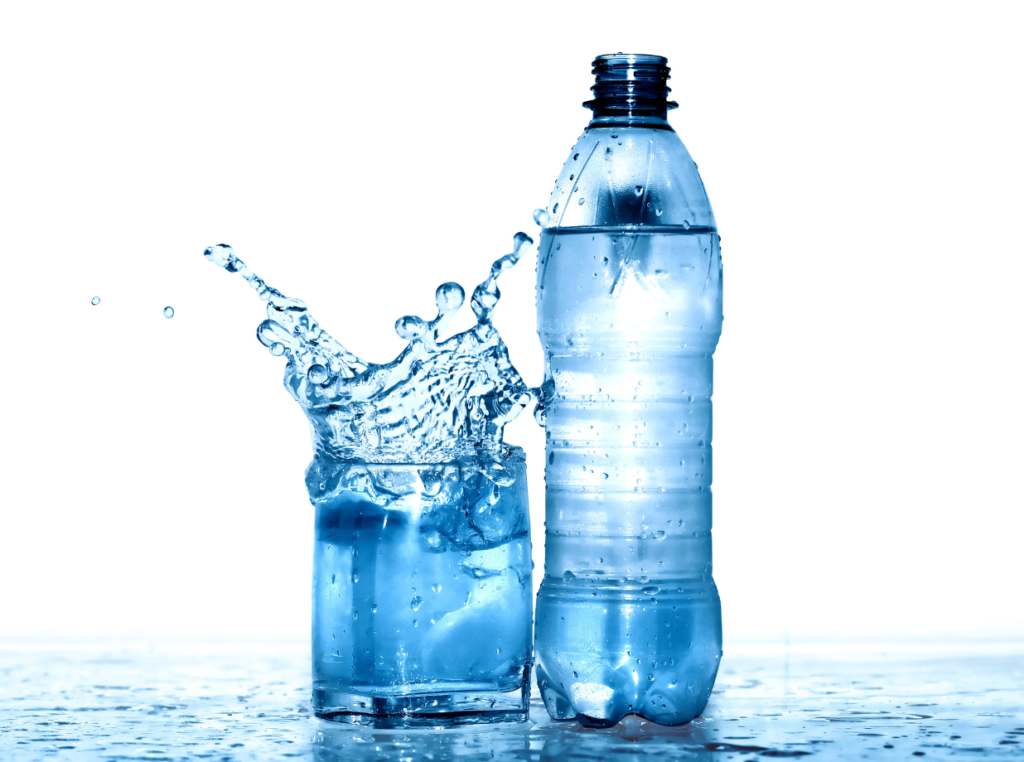Distilled water is a type of purified water that has undergone a process called distillation, which involves boiling water to create steam and then condensing the steam back into liquid form. This process removes impurities and minerals from the water, resulting in a pure and clean product. Distilled water is commonly used in laboratories, medical facilities, and in household appliances such as steam irons and humidifiers. It is also used in the production of alcoholic beverages, pharmaceuticals, and cosmetics. While distilled water is known for its purity, there is often debate about its taste and whether it is preferable to other types of water.
The Process of Distillation
The process of distillation involves several steps to ensure that the water is purified and free from impurities. First, the water is heated to create steam, which is then collected and condensed back into liquid form. This process effectively removes contaminants such as bacteria, viruses, and heavy metals, as well as minerals like calcium and magnesium. The result is a pure form of water that is free from any taste or odor. While the distillation process is effective at removing impurities, it also removes beneficial minerals that are found in natural spring or mineral water. This can impact the taste and overall composition of the water.
The distillation process is typically carried out in a distillation apparatus, which consists of a boiling chamber, a condenser, and a collection vessel. The water is heated in the boiling chamber, causing it to evaporate and form steam. The steam then travels through a tube to the condenser, where it is cooled and returned to liquid form. The condensed water is collected in a separate vessel, resulting in pure distilled water. This process can be repeated multiple times to ensure that the water is thoroughly purified.
The Importance of Taste in Distilled Water
One of the main points of contention surrounding distilled water is its taste, or lack thereof. Because the distillation process removes all impurities and minerals from the water, it can result in a flat or bland taste that some people find unappealing. In contrast, other types of water such as spring water or mineral water contain natural minerals that can enhance the flavor and provide a refreshing taste. The absence of minerals in distilled water can also impact its mouthfeel, making it feel less satisfying to drink compared to other types of water.
Despite its lack of taste, distilled water is often preferred for certain applications where purity is essential, such as in medical procedures or laboratory experiments. However, when it comes to everyday consumption, taste plays a significant role in determining whether distilled water is a desirable choice. Some people may find the neutral taste of distilled water to be refreshing and clean, while others may prefer the subtle flavors and mineral content found in other types of water.

Conducting a Taste Test
To determine the taste of distilled water, a taste test can be conducted to compare it with other types of water. In a blind taste test, participants are given samples of different types of water without knowing which one they are tasting. They are then asked to evaluate each sample based on its taste, mouthfeel, and overall preference. This can provide valuable insights into how distilled water compares to other types of water in terms of flavor and desirability.
During a taste test, it is important to consider factors such as temperature, serving vessel, and any added flavorings or contaminants that may affect the taste of the water. By controlling these variables, it is possible to accurately assess the pure taste of distilled water and compare it with other types of water.
Factors Affecting the Flavor of Distilled Water
Several factors can influence the flavor of distilled water, including the source of the original water, the distillation process itself, and any post-distillation treatments or storage methods. The source water used for distillation can impact the final flavor, as different sources may contain varying levels of minerals and contaminants. Additionally, the distillation process itself can affect the flavor by removing all impurities and minerals from the water, resulting in a neutral taste.
Post-distillation treatments such as carbon filtration or UV sterilization can also impact the flavor of distilled water by removing any remaining impurities or altering its composition. Furthermore, the storage method used for distilled water can influence its flavor over time. Storing distilled water in plastic containers or in direct sunlight can lead to off-flavors or odors due to leaching of chemicals from the container or exposure to light.
Comparing Distilled Water with Other Types of Water
When comparing distilled water with other types of water such as spring water, mineral water, or tap water, there are several key differences to consider. Spring water and mineral water naturally contain minerals such as calcium, magnesium, and potassium, which can contribute to their distinct flavors and health benefits. These minerals can also provide a refreshing taste and mouthfeel that is absent in distilled water.
Tap water, on the other hand, may contain additives such as chlorine or fluoride that can affect its taste and odor. While tap water undergoes treatment processes to remove impurities, it may still contain trace amounts of contaminants that can impact its flavor. Additionally, tap water can vary in taste depending on its source and local treatment methods.
In comparison to these types of water, distilled water offers a neutral and pure taste due to its lack of minerals and impurities. While some people may prefer the clean and refreshing taste of distilled water, others may find it lacking in flavor compared to other types of water.
The Verdict on Distilled Water’s Flavor
In conclusion, the flavor of distilled water is a matter of personal preference and can be influenced by various factors such as source water, distillation process, post-treatment methods, and storage conditions. While some people may appreciate the neutral and pure taste of distilled water, others may find it lacking in flavor compared to other types of water that contain natural minerals and subtle flavors.
Ultimately, the decision to consume distilled water comes down to individual preferences and specific needs for purity. For applications where purity is essential, such as in medical or laboratory settings, distilled water may be the preferred choice. However, for everyday consumption, individuals may choose to drink spring water or mineral water for their distinct flavors and mineral content.
Regardless of personal preferences, it is important to recognize the benefits of distilled water in terms of purity and cleanliness. Whether used for drinking or other purposes, distilled water provides a reliable source of pure hydration that is free from impurities and contaminants. As with any type of water, it is important to consider individual preferences and needs when choosing the best option for hydration and overall well-being.



